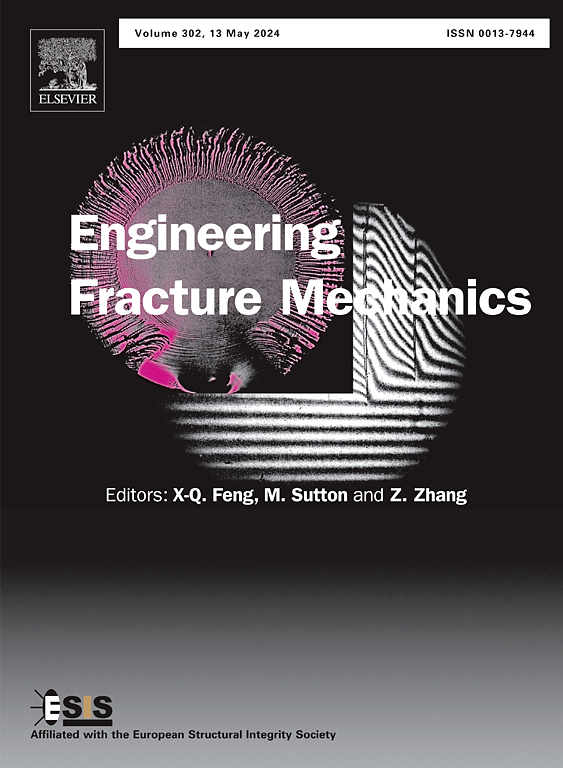A novel water-loaded rig for characterising the cracking behavior of ceramic materials in future fusion reactor windows
IF 4.7
2区 工程技术
Q1 MECHANICS
引用次数: 0
Abstract
Subcritical crack growth in tokamak vacuum vessel windows has been identified as a risk for magnetic confinement fusion reactors of the future. A first-of-its-kind water-loaded bend-test rig was designed and built to characterise this effect for representative window materials in non-irradiated conditions, at room temperature. This rig was built mostly from off-the-shelf components. Its loading rate can be easily adjusted via a pump. 38 specimens of fused silica were tested to failure at 2 loading rates. When fitted to a Weibull distribution, the characteristic strength was 112 MPa for a loading rate of 0.009 MPa/s, and 33 MPa for a loading rate of 0.066 MPa/s, corresponding to an observed increase in strength of 9% for an increase in loading rate by a factor of 6.3. Fitting a regression line to the data collected over this limited stressing range gives the subcritical crack growth parameters and , which are comparable to values from literature for room-temperature alumina. This is the first experimental indication of possible subcritical crack growth in fused silica that has been observed and quantified. The impact of measurement uncertainty from this rig (±3.9%) on the quality of the Weibull distribution fit was quantified with a simulated noisy database and found to be negligible. Fractographic analysis of broken fragments also validated the experimental method. The results from this testing series will justify and inform future designs of subcritical crack growth tests for ceramics in irradiated conditions.

求助全文
约1分钟内获得全文
求助全文
来源期刊
CiteScore
8.70
自引率
13.00%
发文量
606
审稿时长
74 days
期刊介绍:
EFM covers a broad range of topics in fracture mechanics to be of interest and use to both researchers and practitioners. Contributions are welcome which address the fracture behavior of conventional engineering material systems as well as newly emerging material systems. Contributions on developments in the areas of mechanics and materials science strongly related to fracture mechanics are also welcome. Papers on fatigue are welcome if they treat the fatigue process using the methods of fracture mechanics.

 求助内容:
求助内容: 应助结果提醒方式:
应助结果提醒方式:


